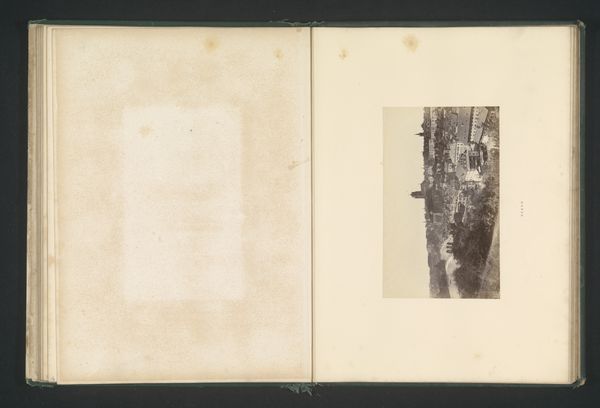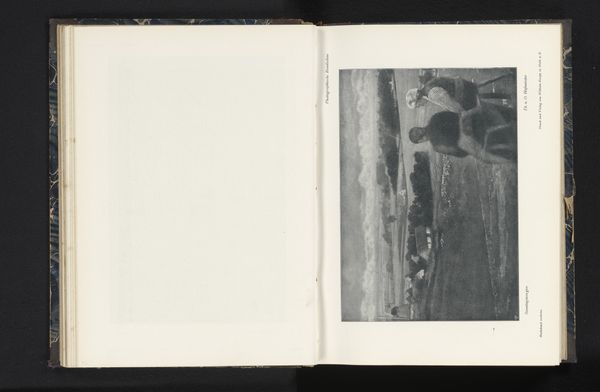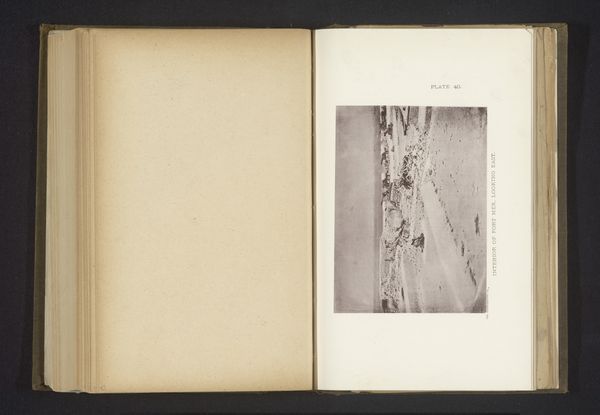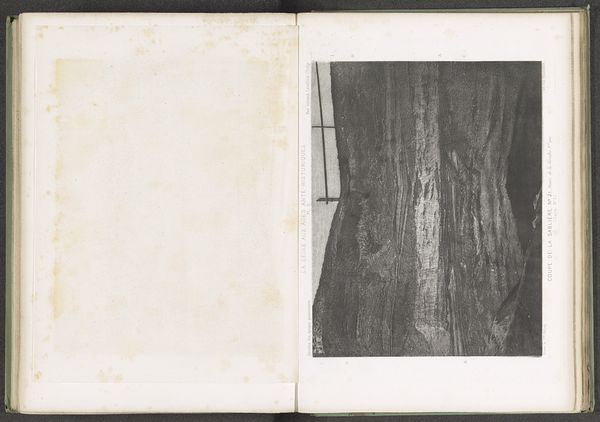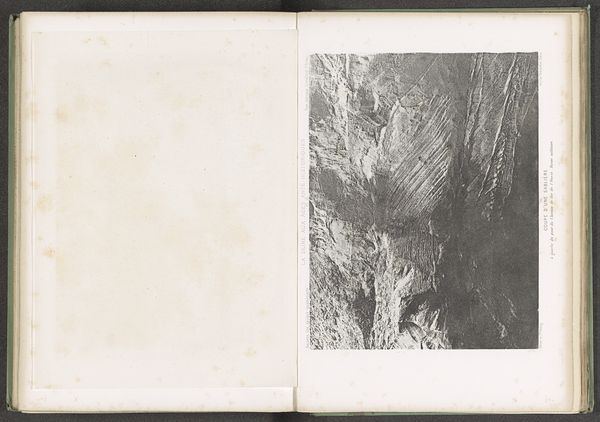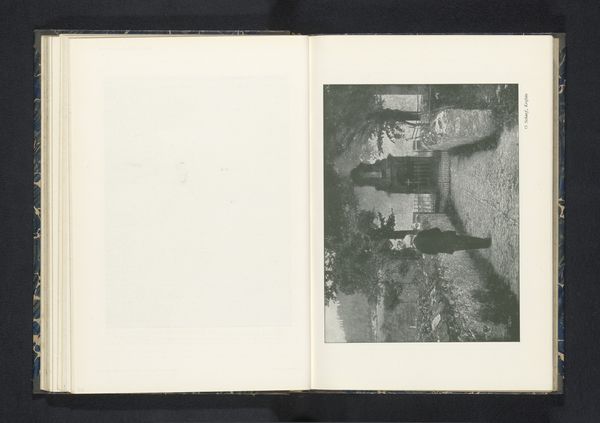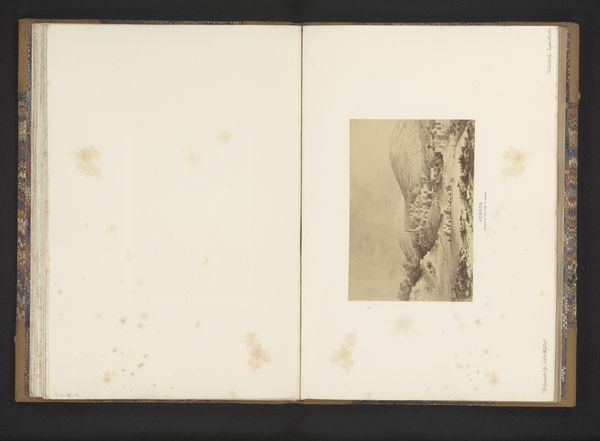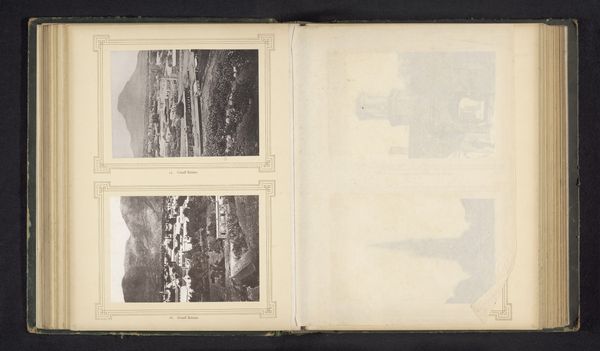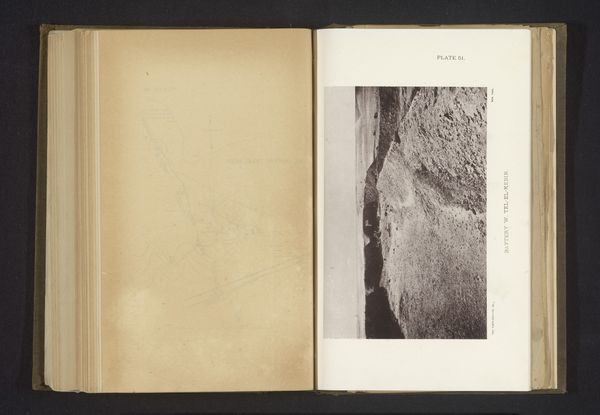
print, photography
# print
#
landscape
#
photography
#
realism
Dimensions: height 194 mm, width 255 mm
Copyright: Rijks Museum: Open Domain
Editor: This photograph, titled "Dwarsdoorsnede van aardlagen in het stroomgebied van de Seine," from before 1869, presents an anonymous landscape in print form. The stark contrast of the black and white image makes it seem quite industrial and raw. What do you see in this piece, especially considering its historical context? Curator: As a materialist, I'm drawn to the actual physical substance represented and how it reveals labor processes. This image is not merely a picturesque scene. It depicts a cross-section of earth layers along the Seine. How was this section created, and what resources and actions had to come together to bring it into being? The geological layers suggest specific moments of resource extraction. Editor: So, you're thinking less about aesthetics and more about what went into forming that landscape? Curator: Precisely. Consider the relationship between natural resources, labor practices, and modes of visual representation like photography at that time. The materiality of this landscape is entirely bound up with the extraction that built it. The print is an artifact from an act of labor, from which raw materials became industrial might. Do you consider the photographer part of that extraction process? Editor: That’s a compelling perspective! I was initially thinking about artistic composition and lighting, but now I am much more focused on the implications of this photograph and how the act of documentation further cements human alteration of the Earth. Curator: It certainly invites a deeper engagement with the image beyond simple aesthetic enjoyment. How does examining the production and use of the print itself change your perception? Editor: I see how acknowledging its material nature really anchors it within a specific historical and industrial context. This artwork then becomes evidence of that moment in time and is connected to so many larger cultural questions! Curator: Precisely! We move from detached observer to witness of human interaction with natural resources.
Comments
No comments
Be the first to comment and join the conversation on the ultimate creative platform.
